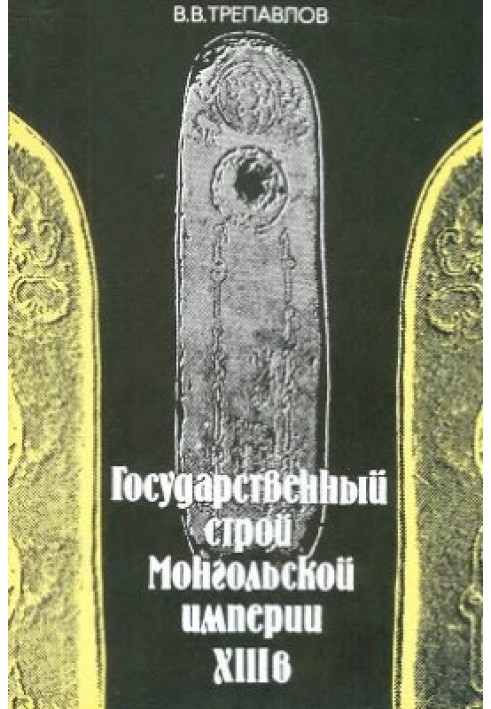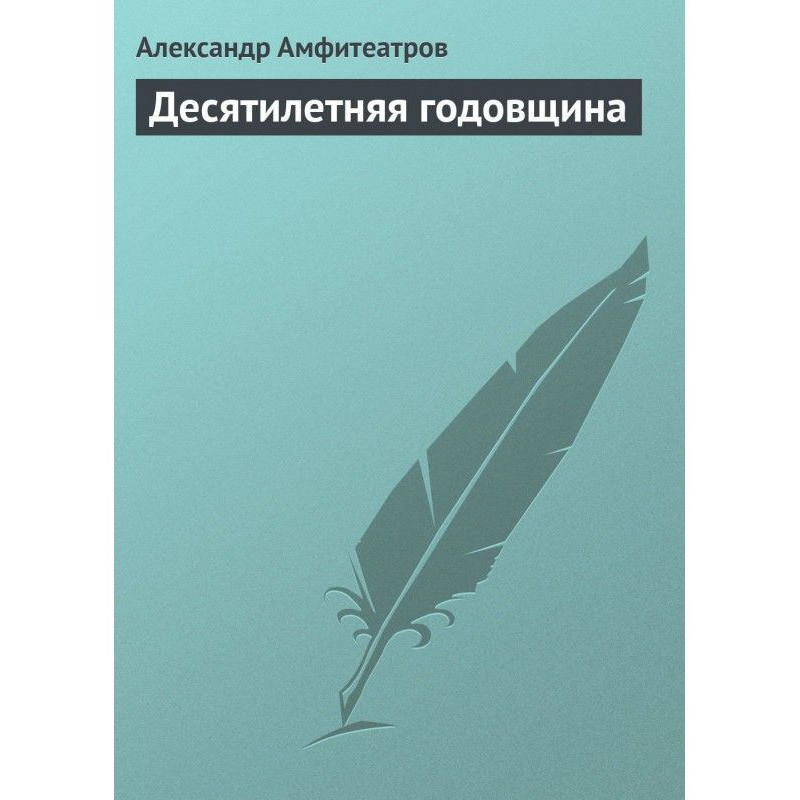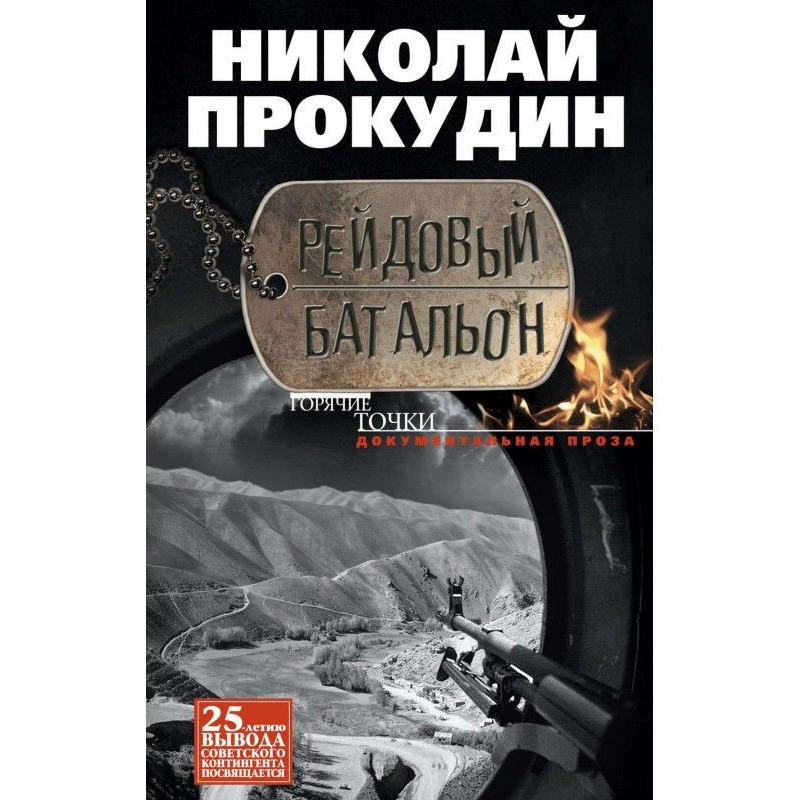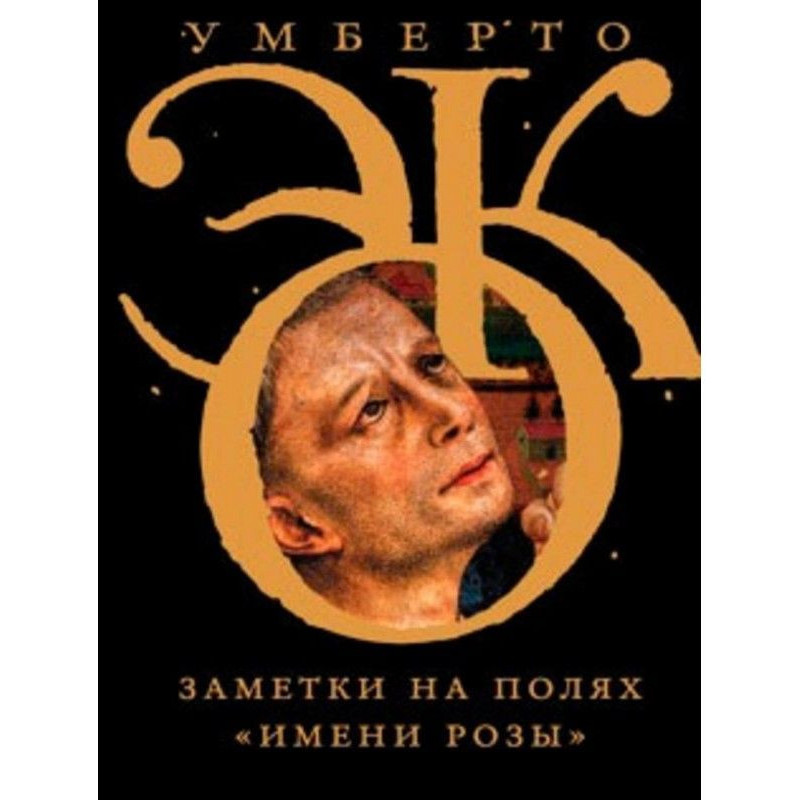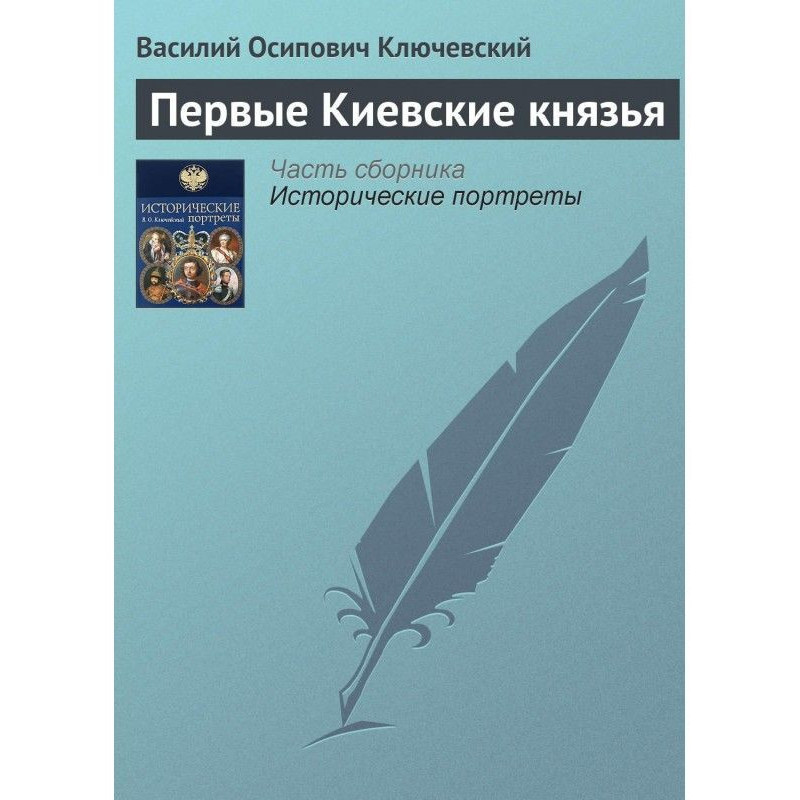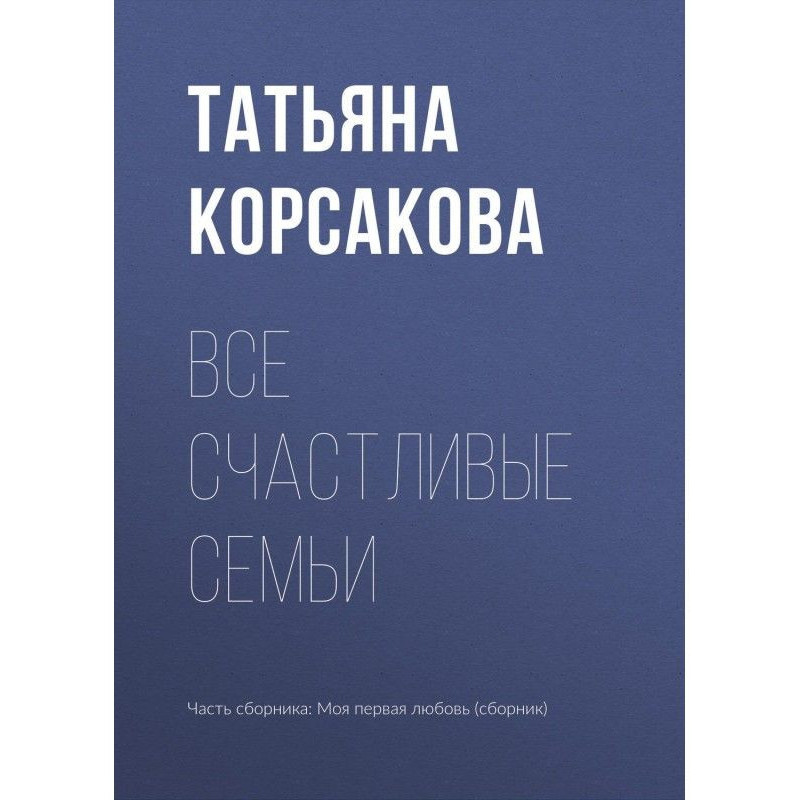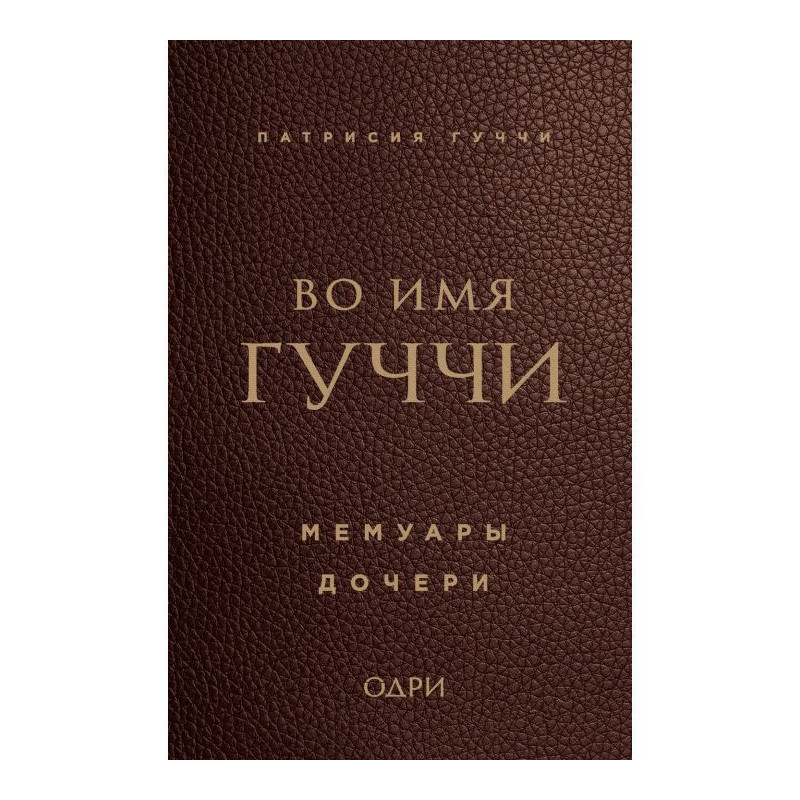The political system of the Mongol Empire of the 13th century: the problem of historical continuity
 Instant download
Instant download
after payment (24/7)
 Wide range of formats
Wide range of formats
(for all gadgets)
 Full book
Full book
(including for Apple and Android)
The 13th century turned out to be a time of upheaval and catastrophe for many peoples of Asia and Europe. From the depths of the Eurasian steppes, Mongol hordes fell upon them. After a series of continuous wars, by the middle of the century a colossal power had emerged - Eke Mongol Ulus - which in its size had no precedents in history. Under the Supreme Khan Mongke (1251-1259), the lands from the Mediterranean to the Yellow Sea were under the rule of the conquerors. For more than seven hundred years, scientists, politicians, and simply curious people have been occupied with the question: how did a small nomadic people, who did not have their own written language, have almost no cities? , other familiar attributes of civilization, was able to conquer large and socially developed states in a relatively short period of time? How did he manage not only to capture and rob neighboring countries, but also to unite their peoples in a supra-ethnic structure, whose name is the Mongol Empire? Contents: Introduction. — 3Chapter 1. Review of sources and literature. — 7Main sources. — 7Historiography of problems of historical continuity. — 13Chapter 2. State traditions in the Mongol Empire. — 27Historical conditions for the application of traditions. — 27Ways and methods of spreading traditions. — 31Chapter 3. Traditions in the formation of the ideological foundations of the Mongolian state. — 45Tradition of “unification” of nomads. — 45The concept of supreme power. — 59Chapter 4. Dualism of management: continuity in the territorial-administrative structure. — 75Co-government. — 76Wings and uluses. — 96Succession to the Throne. — 102Conclusion. — 112Notes. — 118Appendix. — 134Table 1. Comparison of signs of co-government among nomads of the 3rd century. BC. - XIII century AD — 134Table 2. Distribution of uluses along the wings. — 136Table 3. Comparison of wing systems among nomads of the 3rd century. BC. - XIII century AD — 137Scheme. The division of the Mongol Empire into wings. — 139Map. Administrative division of the Mongol Empire of the 13th century. and its comparison with the Turkic Khaganate of the 6th century. — 140List of abbreviations. — 141 List of used literature. — 142Index of names. — 160Index of geographical and ethnic names. — 165Summary. — 168
Data sheet
- Name of the Author
- Вадим Трепавлов Винцерович
- Language
- Russian
Reviews
Вражаюче дослідження монгольської спадщини
Книга "Державний устрій Монгольської імперії XIII ст.: проблема історичної спадкоємності" є справжнім шедевром для всіх, хто цікавиться історією та культурою монголів. Автор детально розглядає державні традиції, управлінські структури та ідеологічні основи, які дозволили Монгольській імперії стати однією з найбільших держав в історії. Особливо вражає аналіз того, як монголи змогли об'єднати різні народи та культури під одним дахом, створивши надетнічну структуру, що функціонувала в умовах величезних територій. Книга містить багатий огляд джерел та літератури, що робить її цінним ресурсом для науковців та студентів. Я б рекомендував цю книгу всім, хто хоче глибше зрозуміти не лише історію Монгольської імперії, а й її вплив на подальший розвиток Євразії. Це справжня знахідка для любителів історії!

